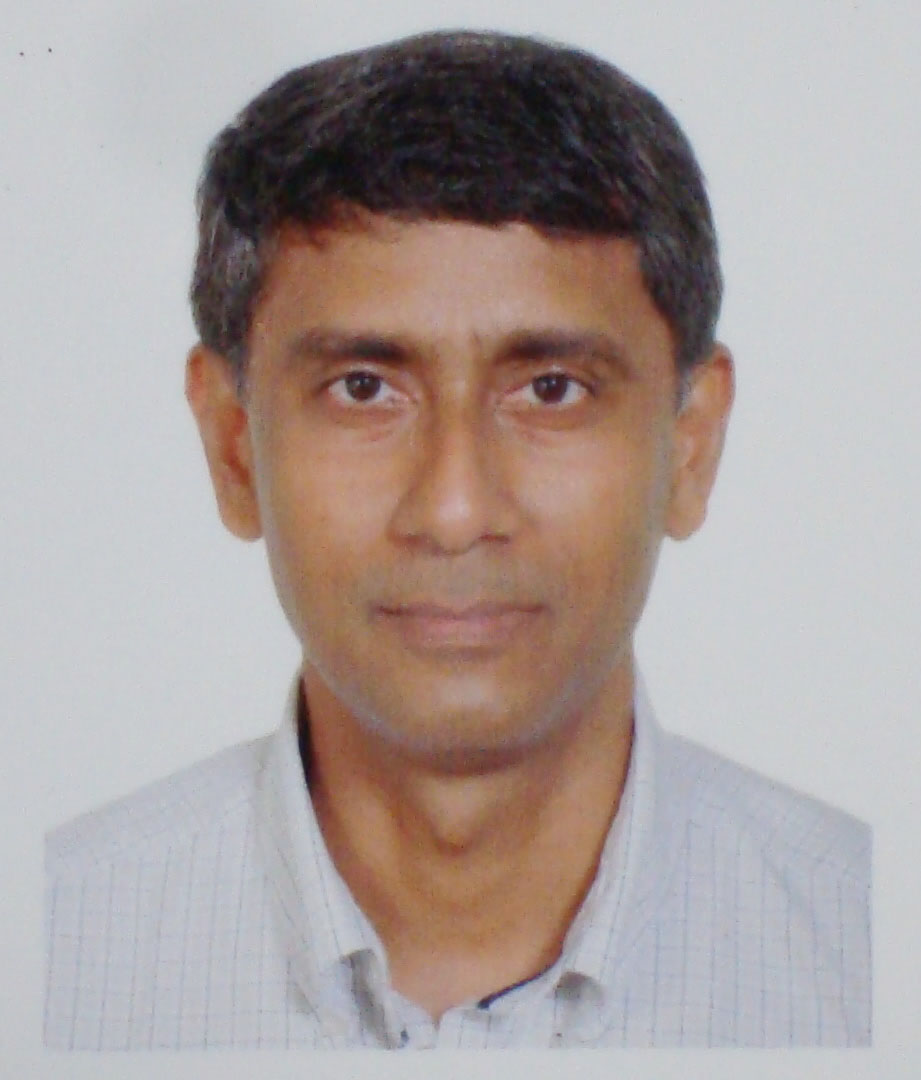By Vijay Datadin
Vijay Datadin is a GIS Specialist. A Chevening Scholar, he holds an MSc in GIS from Edinburgh University, UK
A modern, powerful technology called Geographic Information Systems (GIS) was the focus of a grassroots-organized event on the University of Guyana Turkeyen Campus in November this year. What GIS does is add the easy visual communication of maps to the power of computer databases. The facility can analyse data and present the results on a map as well as in charts, tables and lists. A map of a situation, being a drawn picture, is often quickly understood, as soldiers, surveyors, engineers and architects already know.
GIS can uniquely take advantage of modern sources of data such as increasingly-available and sometimes free, satellite images. It can use data collected with more and more common smart phones, and also use the internet to get and/or send information to users. GIS analysis can offer interesting and powerful insights into important development issues, including social ones like crime, poverty, public health and governance.
Quite often in the past, this technology came only at great financial cost, eg for the

